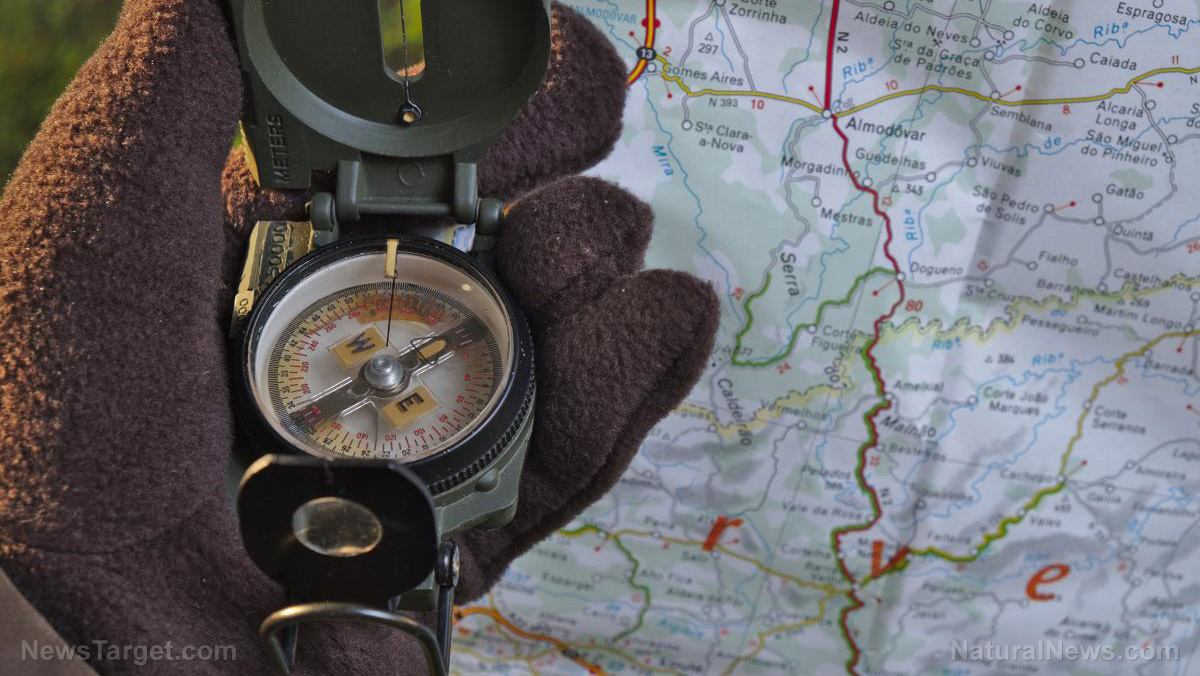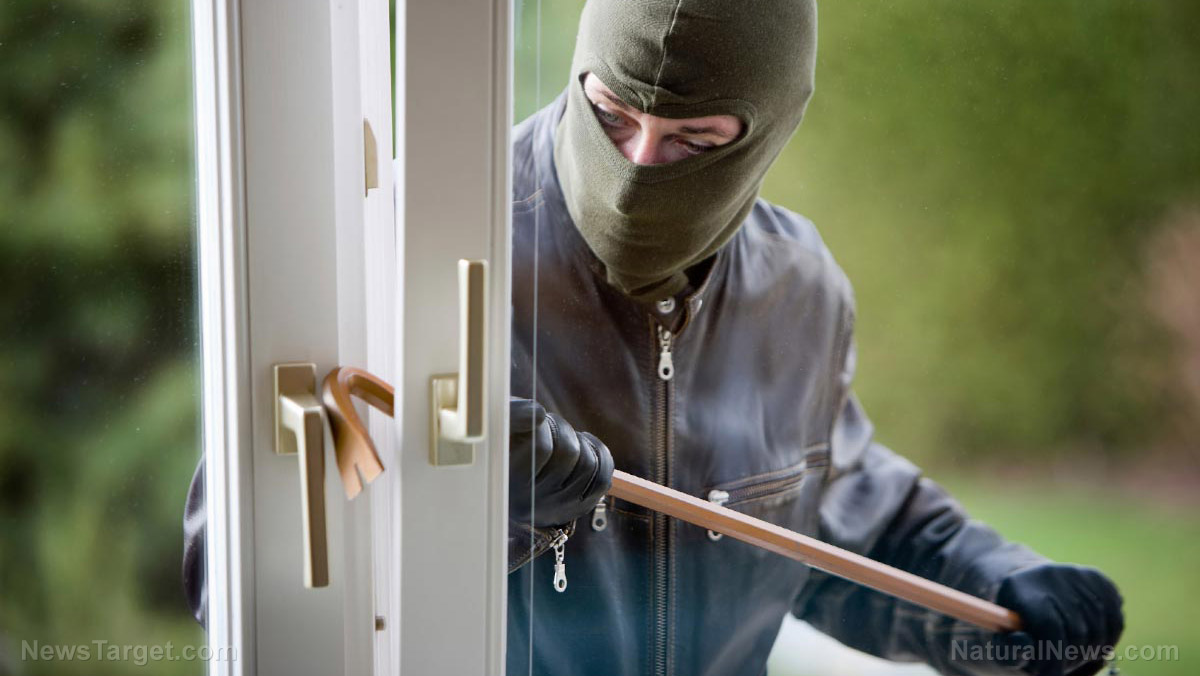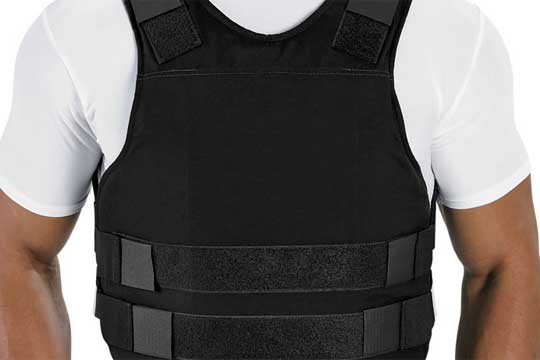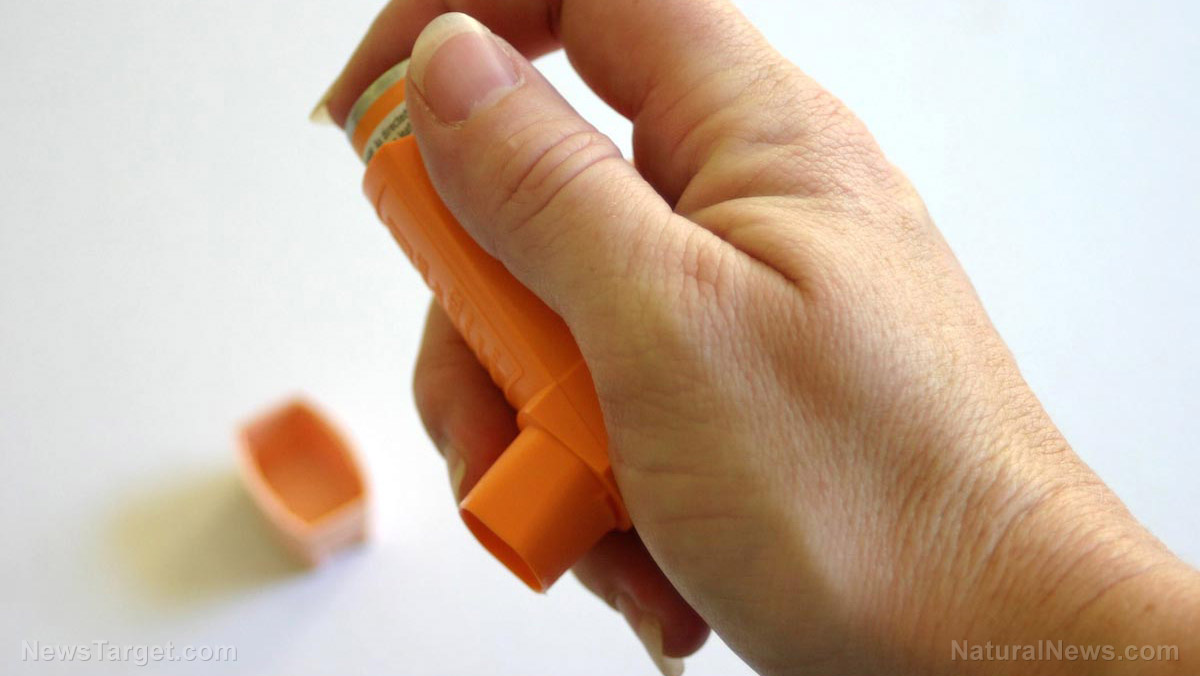Disaster prepping 101: Learn land navigation skills to get out of SHTF situations
07/14/2021 / By Arsenio Toledo

When SHTF and nowhere within your immediate vicinity is safe, you and your family need to bug out immediately. But to quickly and efficiently get somewhere safe, you need some land navigation skills.
During emergency situations, having a handy device to help guide you out of the disaster zone can be very handy. A GPS device, for example, will be extremely helpful.
GPS devices have been widely adopted around the world. But the problem with GPS is many people have become overly reliant on it. Many people even find it difficult to find their way across their own hometowns without the help of a GPS.
The proliferation of devices like smartphones and hiking smartwatches has also made people more reliant on high-tech means of navigation. These devices come with their own maps, GPS apps and preloaded and custom trails.
There is no doubt that these devices can help you and your family navigate and escape a disaster. But these devices run on batteries. Your smartphone, smartwatch or other GPS devices will eventually run out of power. When that happens, you need to be prepared by learning how to use other means of navigation.
More traditional methods of navigation can save your life
When it comes to navigating your way out of SHTF situations, nothing comes close to using simple but effective and proven means of navigation. This means taking out your maps and compasses and looking at the sun and the stars. (Related: Often crucial to survival, the skill of map reading is becoming a lost art.)
Maps should be your go-to item for navigation. Digital maps can be useful, but only while your smart devices still have power. Paper maps will be invaluable, especially when you can no longer rely on technology. Stock up on localized maps that are relevant to you. This includes maps of the area you are living in, road maps of the route you want to take out of a disaster and maps of your bug-out location.
You should also get your hands on topographical maps. These can help you find places of interest such as roads, trails, buildings and campgrounds. They can also help you understand the general environment by providing you information regarding the terrain, the waterways and the general vegetation.
Alongside your maps, you should also have a compass. Some smartphones now also have digital compasses that can help you orient yourself, but having your own physical compass is still a must due to the aforementioned limitations of high-tech gear.
A compass is small, inexpensive and very easy to get in any craft or survival store. There are two compasses you should take note of and bring with you. A magnetic compass always points north and will help you orient yourself. If you want a compass that is more accurate and can be used with maps to help you navigate over areas with excellent accuracy, use the lensatic or military compass.
To further help you find your way, you should also consider learning how to navigate using the sun and the stars.
The fact that the sun always rises in the east and sets in the west is a great way to help you orient yourself even without the use of a compass. At night, if you are lucky enough to have clear skies, the stars can also help you find your way.
As has been stated, high-tech means of navigation can definitely come in handy during disaster situations. But learning traditional means of navigating such as learning how to use a compass and read a map is also very important. These will always come in handy, especially when your devices fail.
Learn more about the many valuable survival skills you need during SHTF situations at Survival.news.
Sources include:
Tagged Under: celestial navigation, compass, disaster, GPS, land navigation, map reading, maps, navigation, preparedness, prepping, SHTF, sun navigation, survival, survival skills, technology
RECENT NEWS & ARTICLES
COPYRIGHT © 2017 OFFGRID NEWS




















